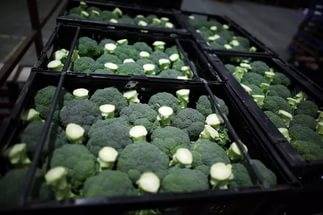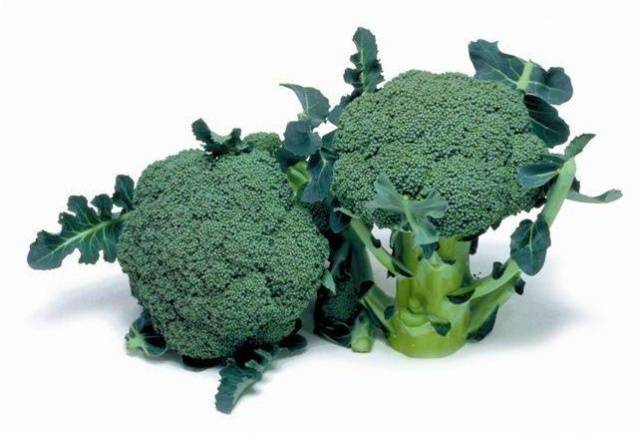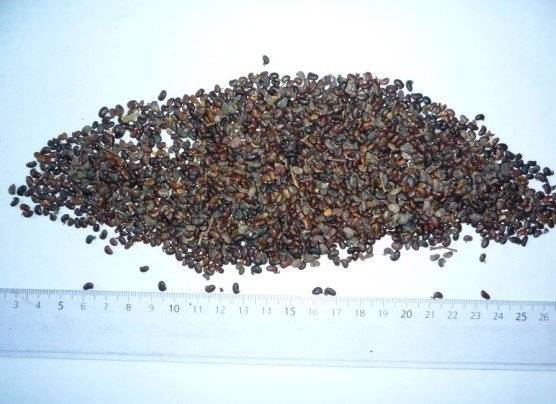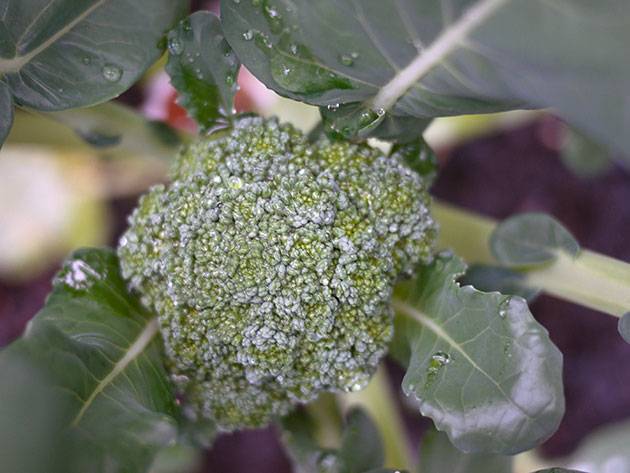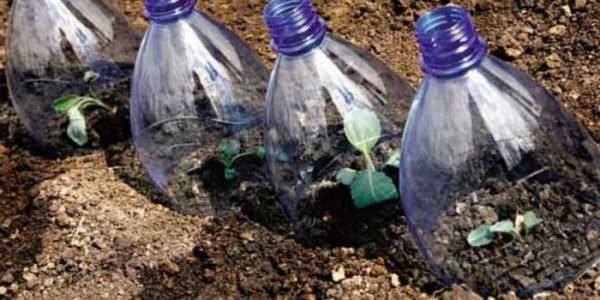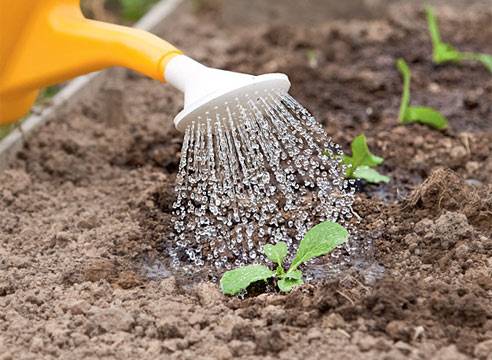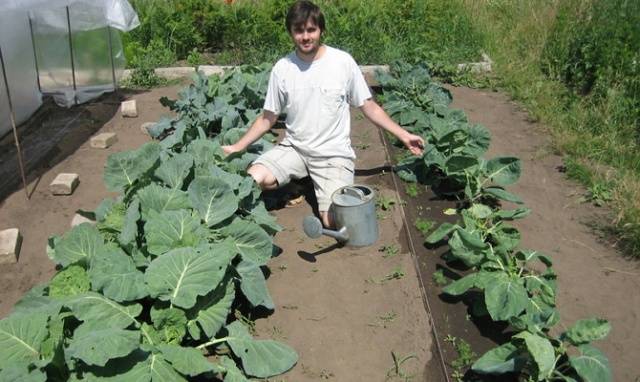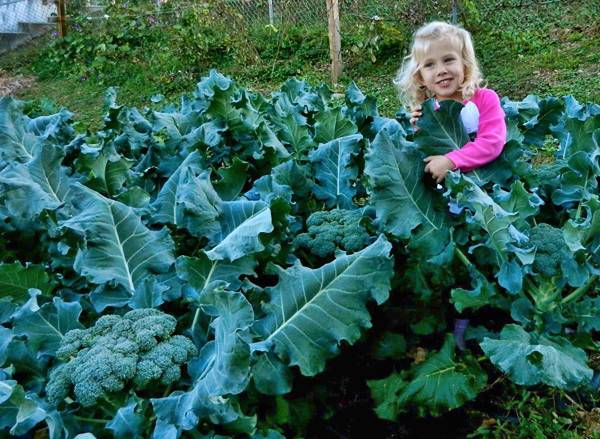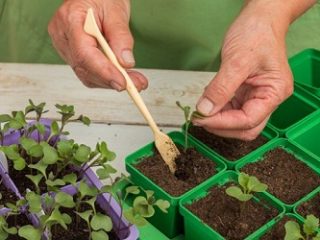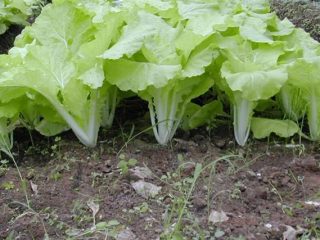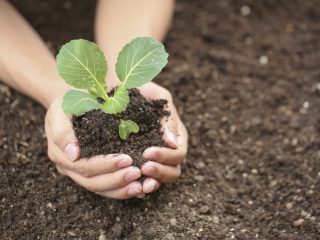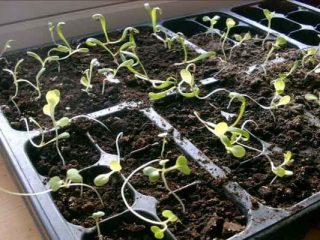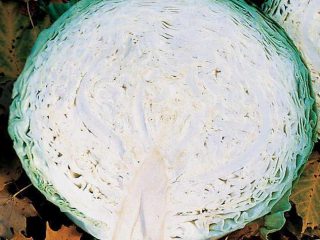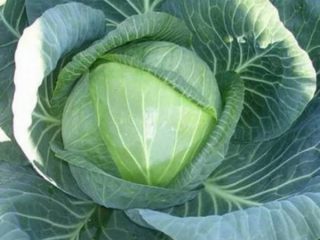Content
Broccoli is grown for its high content of nutrients. It contains a lot of vitamin C, carotene, proteins, and various minerals. This is a dietary product that is recommended for people after major operations and for baby food. In addition, broccoli promotes the elimination of radionuclides.
Russians started growing this type of cabbage not so long ago, but the vegetable has already become popular. Broccoli, the cultivation and care of which does not cause much difficulty, has also settled in the beds of gardeners. The healthy vegetable can be harvested several times per season. Broccoli can be grown in a greenhouse, open ground and even on a balcony.
Interesting facts about broccoli
Broccoli is a relative of cauliflower. It also requires good lighting, so there is no need to shade broccoli, and high humidity. It can grow at low temperatures and tolerates frosts up to seven degrees without complications.
Broccoli is grown in loose, fertile soils with a slightly alkaline environment. On acidic soils, not only the yield decreases, but also the taste of the vegetable.
When choosing a place to grow broccoli, preference should be given to areas where potatoes, carrots, peas, beans, and lentils grew last year.
Broccoli cauliflower is interesting because after cutting the head the plant does not die, the vegetative process continues. As proof - the appearance of new heads on the stepsons. The vegetable grows quickly, small heads have time to ripen. As a rule, cabbage can be grown through seedlings or by direct sowing of seeds in the ground. Planting and care will bring pleasure to amateur vegetable growers.
Features of cultivation
Russians most often prefer the seedless method of growing cabbage. How to plant broccoli seeds in the ground, how to care for plantings, we’ll talk about this.
Soil preparation
The technology for growing cauliflower and broccoli involves autumn soil preparation. They dig it up, remove the roots, weeds. It is advisable to add compost before digging the soil for broccoli. The ridges for vegetables are not leveled so that after the snow melts the water is well absorbed.
In the spring, when the soil warms up, it is dug up again and leveled about a week before sowing the broccoli seeds so that it settles a little. It is advisable to add superphosphate and ammonium nitrate, as well as wood ash, before digging the ridge. It protects plantings of all types of cabbage from blackleg.
It’s easy to understand that the soil is ready to accept broccoli seeds; just pick it up and squeeze it. If the soil does not form a lump, but crumbles, you can plant cabbage.
The peculiarity of agricultural technology for growing broccoli is that a well-lit place is selected for the plant.The sun should be on the site for at least six hours.
Seed preparation
Planting broccoli seeds in open ground is a convenient option because you don’t have to bother with seedlings. But the main advantage is that the plant will not have to experience stress during replanting, which means that the cabbage will grow faster and produce a rich harvest. Of course, with this planting method, broccoli varieties with short ripening periods are used.
If you purchased cabbage seeds in granules, you can sow them immediately. Conventional planting material requires pre-treatment. It is needed primarily to destroy spores of fungal diseases.
Processing instructions:
- Cabbage seeds are sorted, unripe ones are selected, soaked in a pink solution of potassium permanganate, then washed with clean water.
- In order for broccoli seeds to germinate faster, they need to be heated in hot water, up to 55 degrees, for 20 minutes, then quickly cooled with cold water.
- Hardening of seeds is carried out in the refrigerator, placing the seeds for a day.
- To stimulate growth and resistance to pests, before growing broccoli cabbage, seed material is treated with the following preparations:
- Agat-25;
- Albite;
- El-1;
- Epin.
If you follow the agricultural techniques for preparing for planting broccoli, the result will be excellent. Your cabbage will look like in the photo.
Video about how gardeners prepare broccoli seeds:
Sowing seeds
Planting broccoli in open ground in each region of Russia is carried out at different times. Usually this is the end of April, beginning of May. If you use a greenhouse to grow cauliflower, then the temperature of the ground and the environment does not matter much.
How to properly plant broccoli seeds in open ground? Let's look into this issue.
Firstly, it should be taken into account that more seed material will be required than with the seedling method. Secondly, broccoli plantings will have to be thinned.
And now directly about planting seeds:
- Before sowing cabbage seeds, the soil is spilled with hot water and potassium permanganate. Markings are made on a wet ridge: the distance between the rows is at least 60 cm, the holes are at a distance of 35 to 40 cm. With this step, the plant will have enough space to develop, and caring for vegetables is easier.
- Seeds are sown to a depth of 1 cm, 2-3 grains in each hole. Make sure that the seeds do not end up at great depths or on the surface of the soil.
- After sowing, the soil is lightly rolled and gently watered.
- Place a large plastic bottle over each well by unscrewing the cap, as in the photo.
Subsequent watering is done through the neck. On cold nights the lid can be closed. The greenhouse cover is removed after 3-4 leaves appear. By this time there are no frosts.
Video about the rules for planting seeds in open ground:
Growing technology
As we already said, broccoli is a picky vegetable. If you follow the peculiarities of growing broccoli, you can get more than one harvest per season.
Planting the seeds is the first and easiest part of growing broccoli. The main thing is to organize proper care.
Watering
First of all, you need to monitor the soil moisture. All types of cabbage are demanding when it comes to watering, but they cannot tolerate swampy soil conditions.In too damp an environment, pathogens and pests begin to attack the plant and can lead to death.
Growing cauliflower and broccoli requires moderate watering, but the soil should not be allowed to dry out. In hot weather, you can spray water over the plantings.
Loosening
The beds need to be constantly loosened so that oxygen reaches the roots. During loosening, weeds are removed. They also have no place in the garden beds.
Feeding
Planted cabbage responds well to fertilizing. They are held at least three times per season.
Broccoli is fed for the first time two weeks after germination. The most commonly used is mullein. It is infused for several days. You can add chopped grass or nettles. It is diluted 1:1, that is, to obtain 10 liters of solution, take 5 liters of water and mullein. Some gardeners add urea (large spoon).
For the second feeding, when the leaves on the broccoli begin to curl, nitrophosphate (2 large spoons) and boric acid (2 grams) are used. The components are dissolved in 10 liters of water. 2 liters of fertilizer are poured under each plant.
The third feeding can be done again with mullein, it is diluted 1:4.
When growing cauliflower and broccoli in the intervals between liquid fertilizing, experienced vegetable growers add wood ash before watering.
Video about the rules of feeding broccoli during the growing process:
Diseases, pests of cabbage and methods of control
Most often, cruciferous vegetables suffer from clubroot. The disease is popularly called blackleg. To prevent disease from affecting healthy plants, broccoli should be planted in an area where cabbage relatives have not previously grown. In addition, watering with a solution of potassium permanganate and adding ash helps destroy blackleg spores.
When caring for broccoli plantings in open ground, you need to protect the plants from a horde of pests:
- slugs;
- cabbage butterfly caterpillars;
- aphids;
- snails;
- cruciferous flea beetle;
- cabbage fly larvae.
All these pests cause damage to the leaves, and the fly larvae cause damage to the roots.
You can save yourself from slugs and snails by using eggshells by crumbling them under the plants.
The cabbage plant does not like the smell of tomatoes and marigolds. They are planted in the garden bed between the vegetables. If you spray cabbage with a solution of valerian, butterflies and cruciferous flea beetles will not fly up to the plantings. Snails, slugs and caterpillars must be removed by hand.
Recipes for folk remedies
Every vegetable grower who grows broccoli must grow tomatoes. They have to be pinched and the tops cut off. There is no need to throw away this valuable pest control material. You can use hot pepper pods and garlic. The resulting infusions are sprayed onto the cabbage.
Here are a few examples of infusions that will help when growing broccoli:
- Chop the tomato leaves and place them in an enamel bowl, pour boiling water over them.
- Infuse a few pods of hot pepper in a liter of hot water (24 hours).
- Chop the head of garlic, add chopped tobacco leaves, and pour boiling water over it.
All compositions are environmentally friendly and do not in any way affect the taste of cabbage. It is better to resort to chemicals as a last resort. After all, pesticides are not so harmless.
In conclusion, we share secrets
Real gardeners always try to share their successes in cultivating various vegetables.We will also reveal some secrets of growing broccoli in open ground.
- When sowing cabbage seeds in open ground, you need to pat the soil with your palm so that the roots can strengthen.
- Choose the sunniest place.
- If there is not much cabbage growing, then it can be protected from cabbage grass with a fine net.
- Cruciferous plants are planted in the same place only after 3-4 years.
- Dill rids broccoli of aphids. A few bushes of this branchy vegetable in the garden are enough.
- Adding baking soda and pepper when planting broccoli gets rid of many pests.
- Cabbage fly larvae are afraid of salt like fire. Add half a glass of this seasoning to a bucket of water and pour it under the bush. 10 liters is enough for 20 cabbage bushes.
We think that our advice will help you get a rich harvest. We also hope that our readers will not keep the intricacies of growing vegetables, including broccoli, to themselves, but will share little secrets with novice gardeners.
